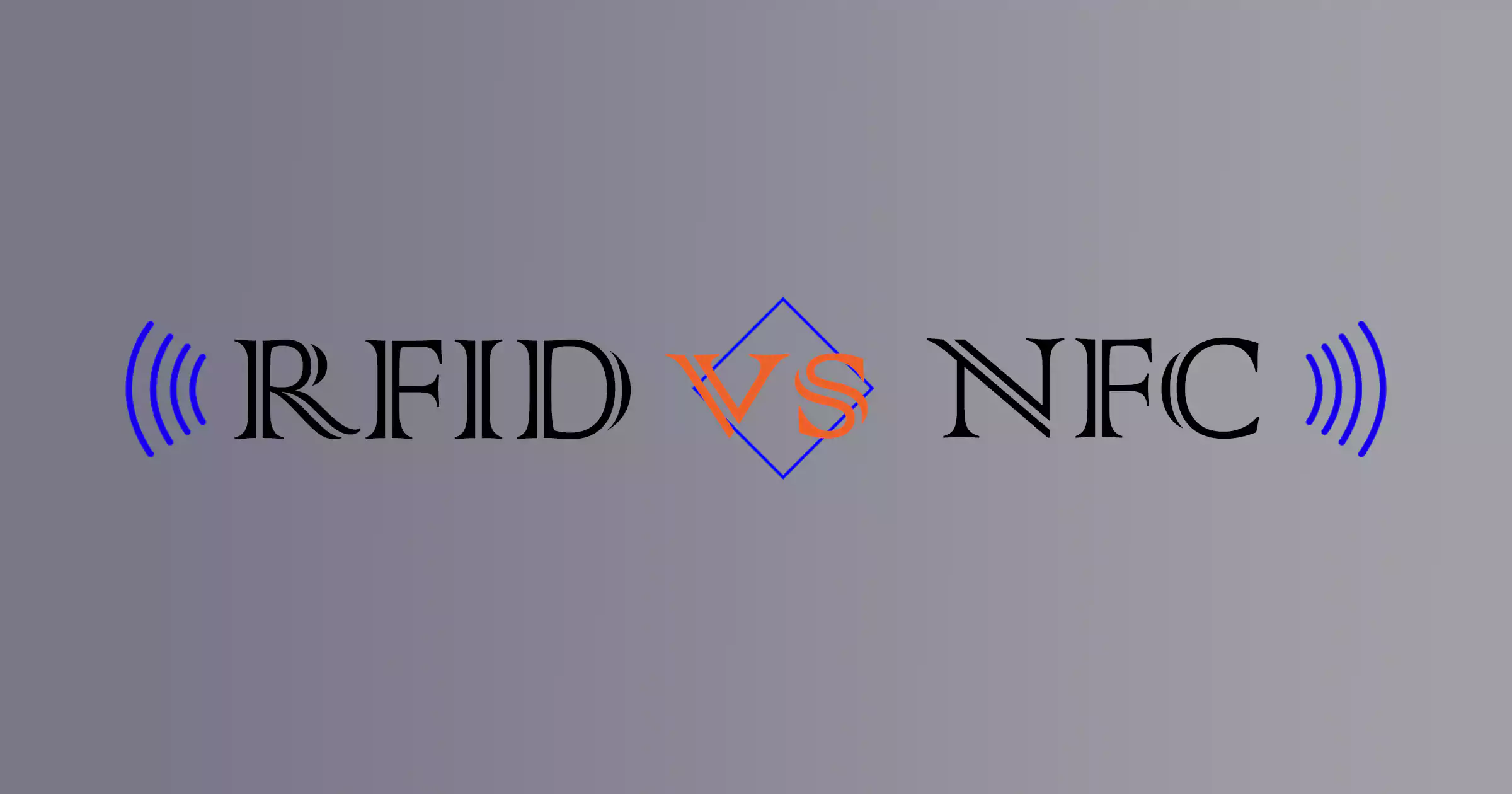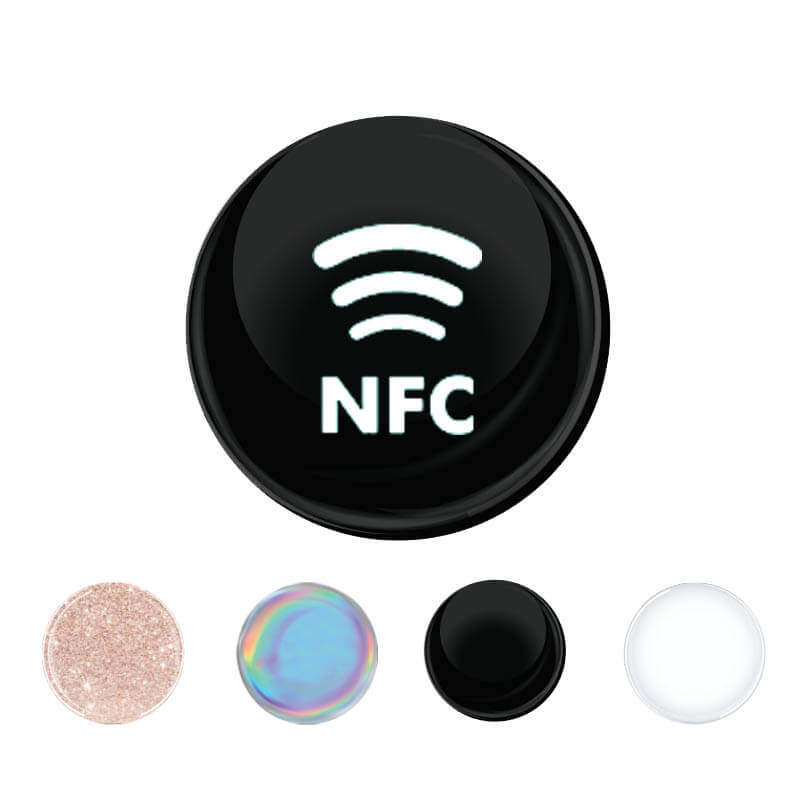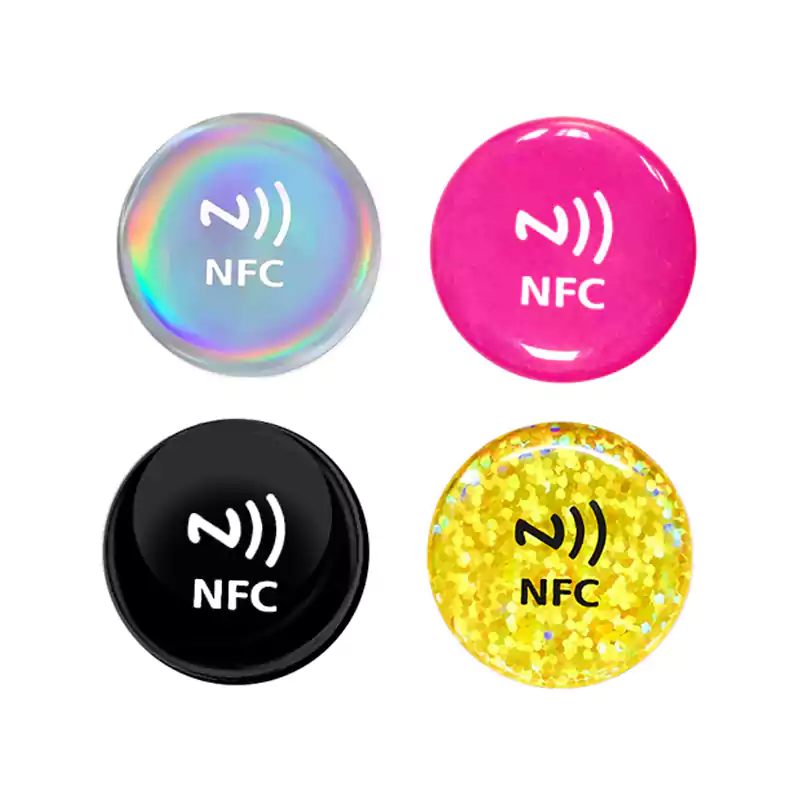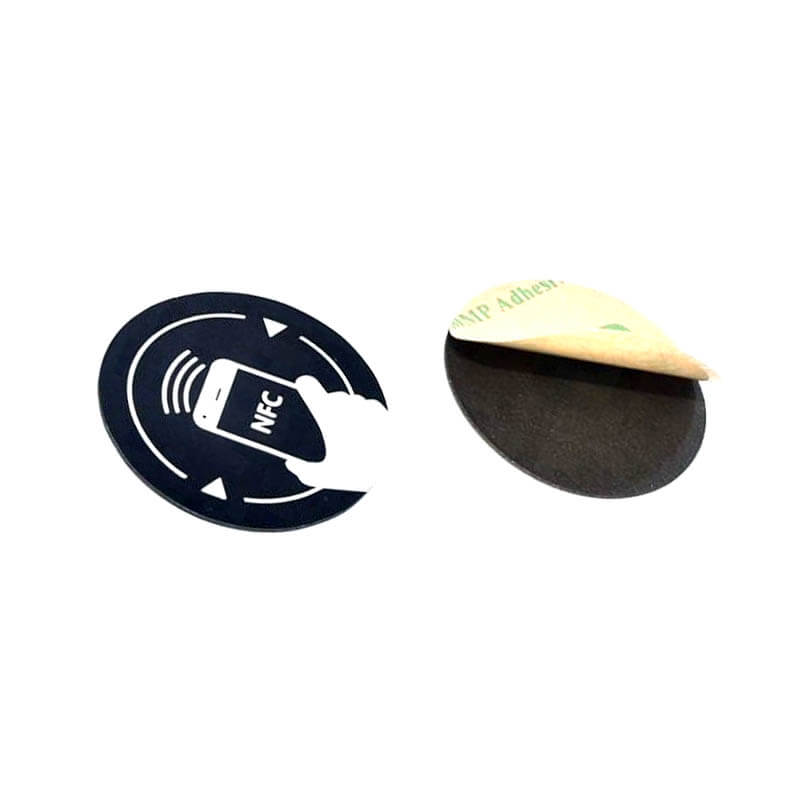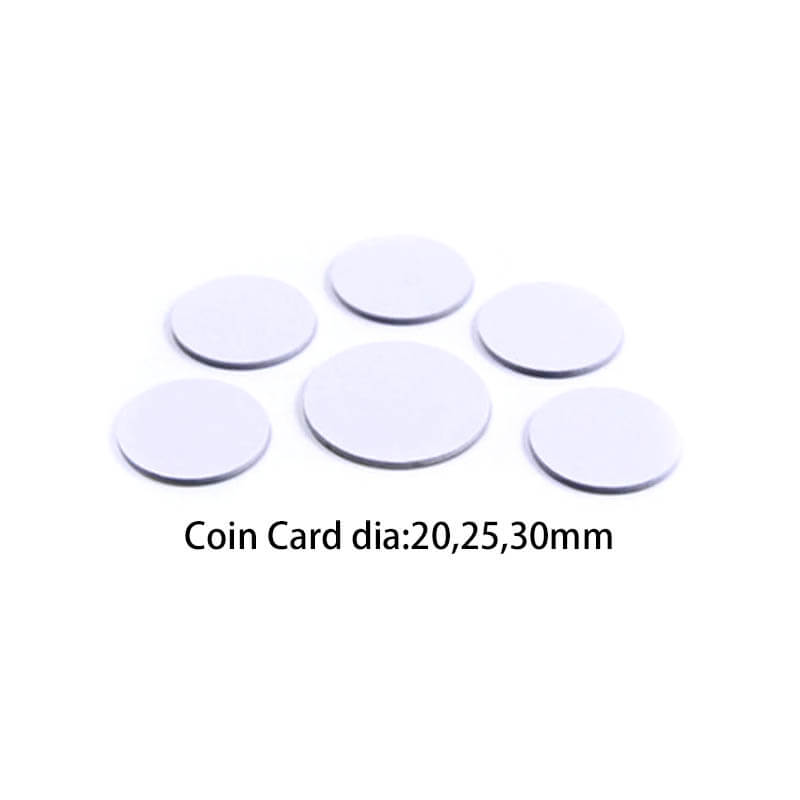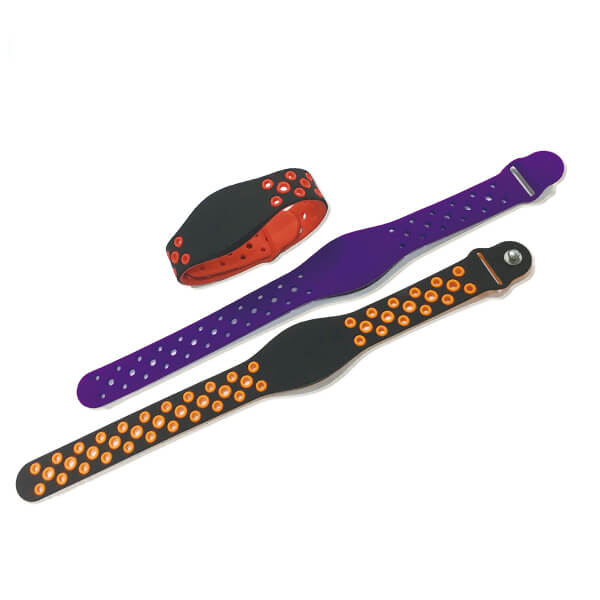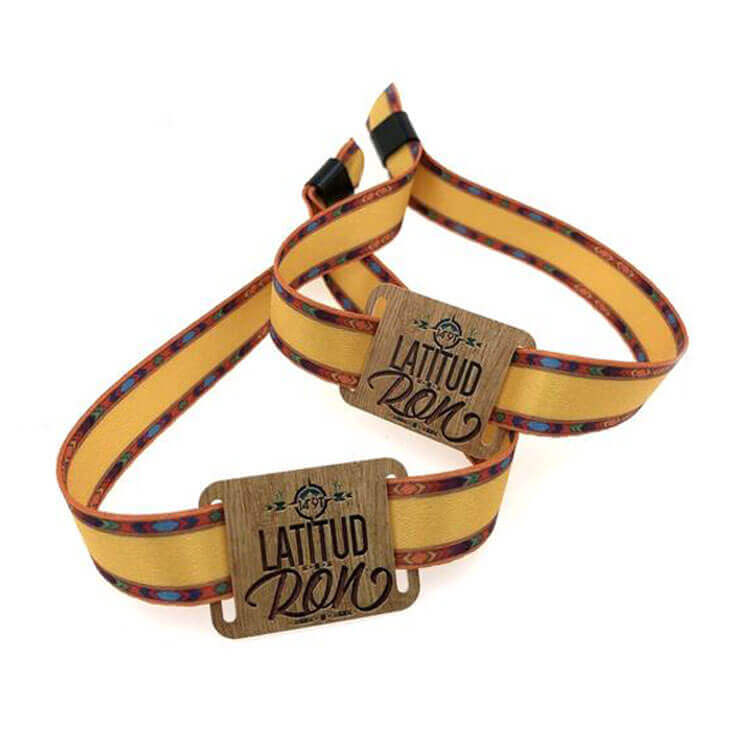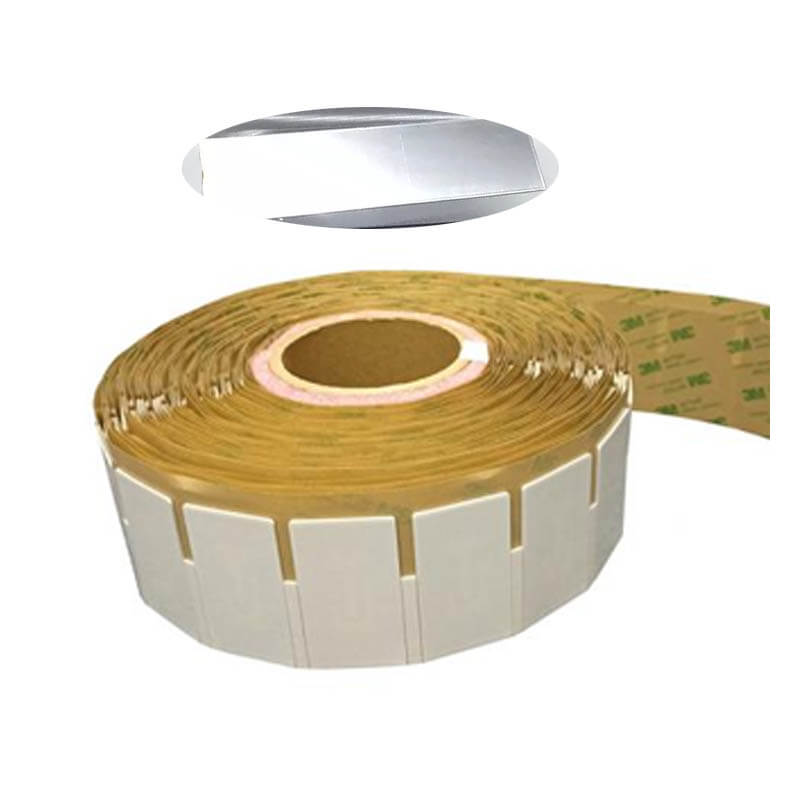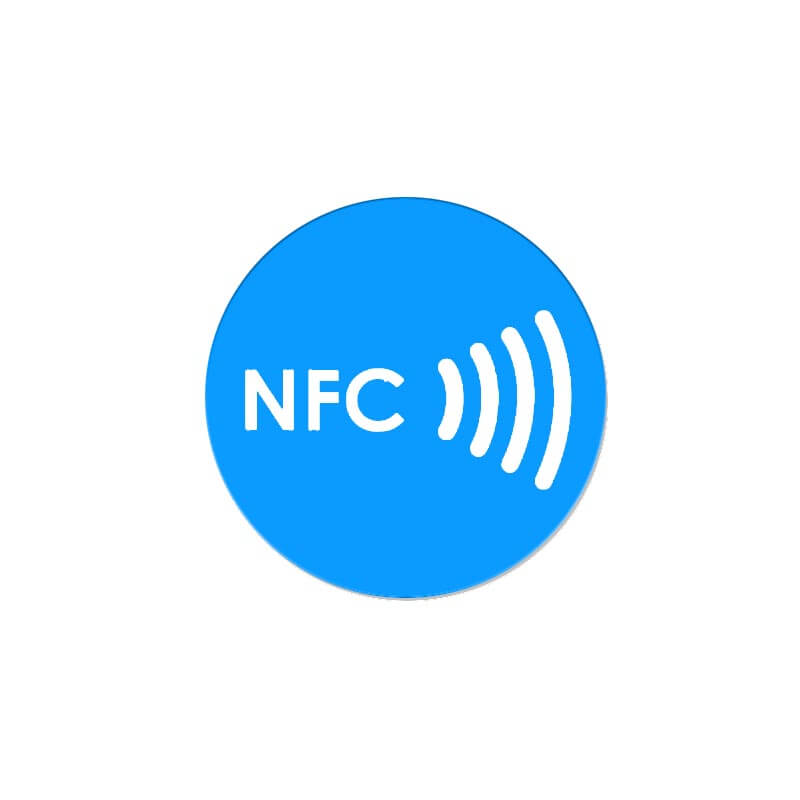In the age of wireless technology, you need to know some acronyms. Well, we understand it is easy to confuse things together. So in this article, we are going to different RFID and NFC.
What is NFC?
NFC stands for Near Field Communication. It allows users to make exchange digital data with a touch. It is a contactless technology. That means you do not have to swipe your phone.
All you need to do is turn on your phone’s NFC connectivity and scan it on a device reader. For example, Samsung phones have an app called Samsung Pay. When you present your phone on the device you can easily transfer money to your payment. Another app called Samsung Beam also uses NFC to transfer data.
What is RFID?
RFID stands for Radio Frequency Identification. Like NFS, it is also wireless technology. But it is often used in access pass or key cards. It has two components: tags and readers.
The reader is a device with antennas. It emits radio waves and receives signals from the RFID tag. When the reader recognizes the tag it will confirm identity and give you entry.
RFID is also used for inventory control, equipment tracking, and patient monitoring. Hotels and events also use RFID to simplify the entry process.
RFID vs. NFC: The Real Score
While these two technologies almost have the same functionality they are entirely different. Read on and learn more about their differences.
Range
RFID can work well at a distance of many feet. For example, a gate access pass can function at a distance. So you do not have to veer your car dangerously to the toll gate.
NFC technology is newer. It is a fine version of RFID. It can work in a maximum range of 4 inches. Unlike RFID, it is one-way communication. Data only flows from the tags to the reading equipment.
Function and Purpose
RFID is more suitable for asset tracking and location in logistic functions. It is also more ideal for securing access or streamlining guest monitoring.
On the other hand, NFC is ideal for payment transactions.
If the department store you are shopping for accepts payment via NFC you can use your cell phone to pay for the stuff you buy.
Customers only need to put their mobile wallets close to the device. The contactless payment reader gathers the data and processes the payment. The process is fast and seamless.
Capabilities
NFC and RFID have different capabilities. NFC-enabled items can bring a unique web-based experience to physical products. It drives the adoption of the internet of things.
On the other hand, RFID has more specific capabilities. But it does support tags. RFID cannot analyze web content such as URLs and links.
Structure
NFC is normally found on phones or computers. It is intangible. On the other hand, RFID is small and flexible. They can take the form or a sticker and cost around 10 cents per tag.
These stickers can be used to create access passes or wristlets. For example, you may require people to wear RFID wristlets to have access to your event.
Peer-to-peer Communication
One of the features of NFC is peer-to-peer communication. NFC device can act as a reader and as a tag. That means it can transfer and receive data from another NFC device.
For example, NFC smartphones can pass along information from another. You simply need to tap the two devices together. Eventually, they can turn into data-sharing devices. In the end, both phones will have the same copy of the information. As you probably have seen in advertisements, many smartphones are now able to pass information to customers.
RFID can only read data. For example, after an event, you would know how many attendees were there. You will know their behavior and purchasing power. It depends on how often they have used their wristlets. But you cannot transfer or extract this data to another RFID device.
Derivative Technology
NFC builds upon the stand of RFID and turns the limitations into a feature. Therefore, NFC can only be used in short-range communication.
Since NFC can only function in a short distance it is a popular choice for secure communication. This happens between customer devices and payment systems.
Popular Uses
RFID is more commonly used in asset tracking and race timing. It is also used in inventory management and tool tracking. Event businesses use it for access control and attendee tracking. On the other hand, NFC is more commonly to facilitate online payment transactions or access exclusive content using an NFC-enabled smartphone. For example, if you are purchasing a ticket via your NFC-enabled smartphone, you can just scan your device to gain access to the game.
Advantage of RFID
Tracking assets, inventory management, and saving time are just a few advantages that RFID can bring to your business. This wireless technology offers benefits for all sizes. It allows them to quickly improve efficiency and reduce operation costs by automating the process. Companies with RFID technology can enhance the use of assets and quality.
RFID is also the heart of the Internet of Things. The following are some advantages of RFID that make it a good thing to invest in.
- RFID offers a fast and reliable way to track assets. It applies to various components on a production line. You can use it to track high-value equipment or containers that need return.
- You can use RFID to install fixed readers at key points. It removes the need to manually file for forms. On a production line, it eliminates the need for manual intervention. RFID promotes efficiency and accuracy. You can trust this technology to work for your business.
- RFID enhances health and security. Companies can use it to track which containers need an inspection. They can also use it to restrict access to these containers when conditions are not met. RFID improves inspection and reporting regimes. Most importantly, it helps satisfy customers.
- RFID increases revenues. Improving management and organizations consequently leads to higher ROI. It makes your company more competitive. Moreover, it increases customer satisfaction and opens doors for opportunities. As a result, you will have higher sales and better margins.
- RFID technology can be integrated with other technologies. You can integrate it with automating pallet handing. You can also integrate it with stock picking systems. It saves time from ordering to dispatching items.
Disadvantage of RFID
The cost of RFID can be ten times more than its previous counterparts such as the barcode system. Many businesses today still stick to the barcode system because of the cost needed for RFID adaptation. Moreover, while keycards are convenient there is no tracking capability in case they are lost. Misplaced keycards are a loss for businesses. You also need to figure out how to open your locker in case your keycard is lost.
Another disadvantage is that RFID cannot function with power. Businesses with generators can still use RFID systems. But others that do not have may need to shift to manual locking eventually until the power is back.
Advantage of NFC
It is no surprise that a lot of businesses use NFC technology. The following are some of the well-known benefits of using NFC.
- NFC simplifies payment processes. Using a smartphone or tablet, customers can easily pay at checkout. Customers can use a mobile wallet such as those offered by Google or Apple. In just a few taps, you can process transactions. Since there is no need to bring cash, it safeguards from inevitable theft or robbery.
- NFC uses pin code. In a worst-case scenario, evildoers may steal y our phone but not our money. Without a special code, they are not able to get or transfer money. This is why customers also love businesses that allow smart payment.
- NFC-enabled payments are more secure than the magnetic stripe of a regular credit card. The former has tighter security. Customers rest assured them their money transactions are safe. They are also safe personally.
- NFC is versatile. It covers a range of services and industries. Businesses use it for payment platforms, mobile banking, and restaurant reservations, booking train or movie tickets. It is also used for delivering real-time updates.
Disadvantages of NFC
NFC technology may be too expensive for some companies. It requires a suite of related devices and equipment. It also includes upgrade-dependent standards. Large retailers like Starbucks have already incorporated the system for their checkout process. However, small retails still find it too expensive. The cost of hiring technicians and software installers can escalate quickly. Small businesses need to be resourceful when getting ready for NFC adaptation.
Conclusion
NFC and RFID are essential to wireless technology. Many businesses are now using these technologies. Since they have different functions you need to identify what your business truly needs. This helps you decide, which technology is better suited for your business. If you need something for tracking and entry access, you can have RFID. However, if you need something you can use to activate the payment system you can use NFC. In any case, you must consult the right tech professional to help you harness their capabilities.
Related Articles:
- What is the NDEF format?
- The Reason Why Everyone Love NFC Wristband
- 12 Best NFC Tag Uses That Will Make Your Life Fun
- How to Create Your Own Amiibo Card in 3 Simple Steps
- Use of RFID Technology in Hospitals – 7 Things You Can Track
- 6 Crucial Factors that Affect RFID Read Range – A Detailed Guide
- LF, HF, and UHF Frequency: What’s the Difference?
- Active RFID Vs. Passive RFID: What’s The Difference?
- RFID VS Barcode: Which One Is Better For Your System?

